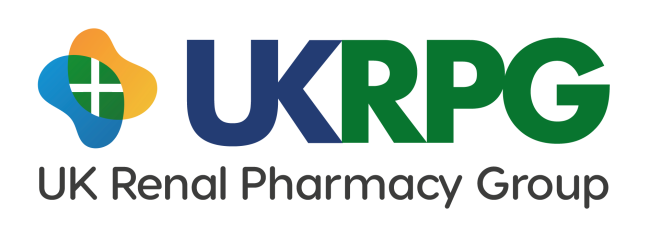Expanded eligibility for shingles vaccination – new UKKA/BTS guidance 2025
The UK Kidney Association, in partnership with the British Transplantation Society (BTS), has published updated guidance on the use of the non-live shingles vaccine, Shingrix®, in people with kidney disease, dialysis and transplant recipients. The new document takes effect from 1 September 2025 and reflects recent changes in the national immunisation programme.
Read the updated guidance
Key changes
-
Expanded eligibility from age 18
Adults aged 18 years and over who are severely immunosuppressed, or are expected to commence immunosuppressive therapy, are now eligible for the Shingrix® vaccine. -
Two-dose non-live schedule remains unchanged
Shingrix® continues as a two-dose non-live vaccine, with the second dose given 2–6 months after the first. If the second dose is delayed, the first dose does not need to be repeated; the second should simply be given as soon as possible. -
Age-based programme for 60–79 years continues
Individuals aged 60–79 years remain eligible under the age-based shingles vaccination programme, regardless of immunosuppressive status. -
Timing before immunosuppression
For patients who are about to start immunosuppression (for example those being wait-listed for solid organ or islet transplantation, or starting treatment for autoimmune kidney disease), vaccination should ideally take place at the earliest opportunity and at least 14 days before immunosuppression begins, with one month preferred where feasible. -
Co-administration with other vaccines
Shingrix® can be administered all year round and may be given alongside inactivated influenza vaccines (adjuvanted or unadjuvanted) and pneumococcal vaccine (PPV23). There may be a greater risk of side effects if given with adjuvanted flu vaccine. -
Further practical points
Patients with current shingles should wait until symptoms have resolved before vaccination. Patients with two or more episodes of shingles in one year should be considered for immunological investigation prior to vaccination.
Implications for practice
This expanded eligibility has a number of practical implications for teams:
-
Systematically identify eligible patients
-
Adults aged 18+ who are severely immunosuppressed
-
Adults aged 18+ who are expected to start immunosuppressive treatment
-
All patients aged 60–79 years within your kidney centre population
-
-
Integrate vaccination into pre-treatment pathways
Pre-transplant and pre-immunosuppression pathways should include checks for Shingrix® eligibility and vaccination status, with proactive referral for vaccination where needed. -
Coordinate with primary care and vaccine providers
The guidance reiterates that delivery will be arranged at national level and is usually via primary care. Kidney teams should liaise with local vaccine providers and ensure that patients who meet the criteria are referred where invitations have not been received. -
Update local protocols and patient information
Local protocols, clinic checklists and patient information resources should be updated to reflect:-
the lower age threshold for severely immunosuppressed patients (18+), and
-
the ongoing age-based cohort (60–79 years).
-
-
Support informed discussion with patients
Teams should be prepared to discuss the role of vaccination in reducing shingles risk and complications, and to explain that Shingrix® is a non-live vaccine suitable for immunosuppressed populations.
Action points for kidney centre teams
-
Review local eligibility lists
Audit your CKD, dialysis, transplant and autoimmune cohorts to identify patients aged 18+ who are severely immunosuppressed or due to start immunosuppressive therapy, as well as those aged 60–79 years. -
Embed vaccination checks in pathways
Add Shingrix® eligibility and vaccination status to pre-transplant, pre-immunosuppression and long-term follow-up clinics. -
Agree referral processes with primary care
Confirm how referrals for vaccination will be handled locally and what information primary care requires from renal and transplant teams. -
Update patient-facing materials
Refresh leaflets, letters and digital content to reflect the new age thresholds and expanded eligibility. -
Monitor uptake and barriers
Capture feedback on any practical barriers to vaccination (e.g. appointment availability, awareness) and raise issues through local governance or regional kidney networks as appropriate.
